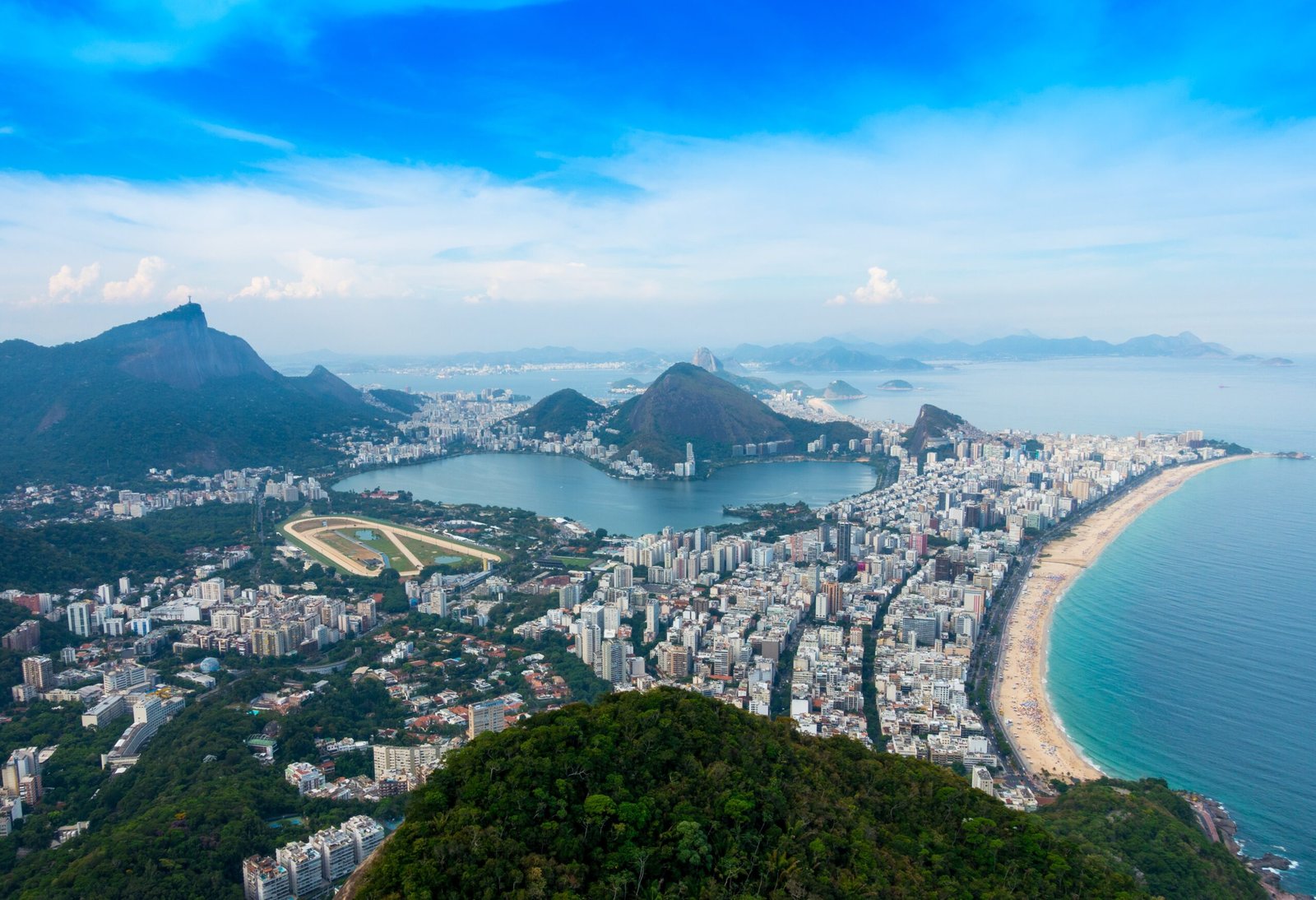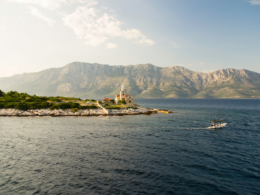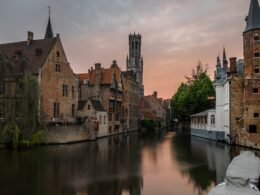Visiting Rio De Janeiro could well be one of the best trips you ever do. From the Latin flavors of street food vendors and dance bars to serene mountaintop views and iconic beaches or an actual Wonder of the World – this city has it all.
The city of Rio de Janeiro, literally translating to River of January, was founded in 1555. People have been flocking to the mountainous jungles and sandy beaches of the Guanabara Bay area ever since.
So, if you’re looking for the best places to visit in Rio today, you’re hardly alone. This breathtaking bay-side metropolis, and state capital, is now home to over 6 million people. And on top of that, it’s also one of the most visited cities in the world!
That probably means 3 days is not enough time to see all of Rio De Janeiro’s top attractions. You’ll find a lot of them in this itinerary sure. But we were always going to pick some lesser-known cool things to do in Rio too. Enjoy!

Table of Contents
Day 1
We’ll begin our Rio de Janeiro itinerary in the stunning Ipanema neighborhood. Centered around the famous beach, this area (along with nearby Leblon) is one of the most upscale districts of the city.
We spent our introduction talking up Rio’s best points of course. But it is, after all, a city in Brazil. As beautiful and friendly as it is, there’s a lot of inequality to be found here. That means some areas are riskier for tourists than others.
In the touristy areas of Ipanema, Copacabana, and Leblon, and in downtown? Things are just as safe as in any other major world city.
If you do choose to go further afield though, a few simple precautions wouldn’t go amiss. Leave the expensive outfits at the hotel and be careful with your belongings.
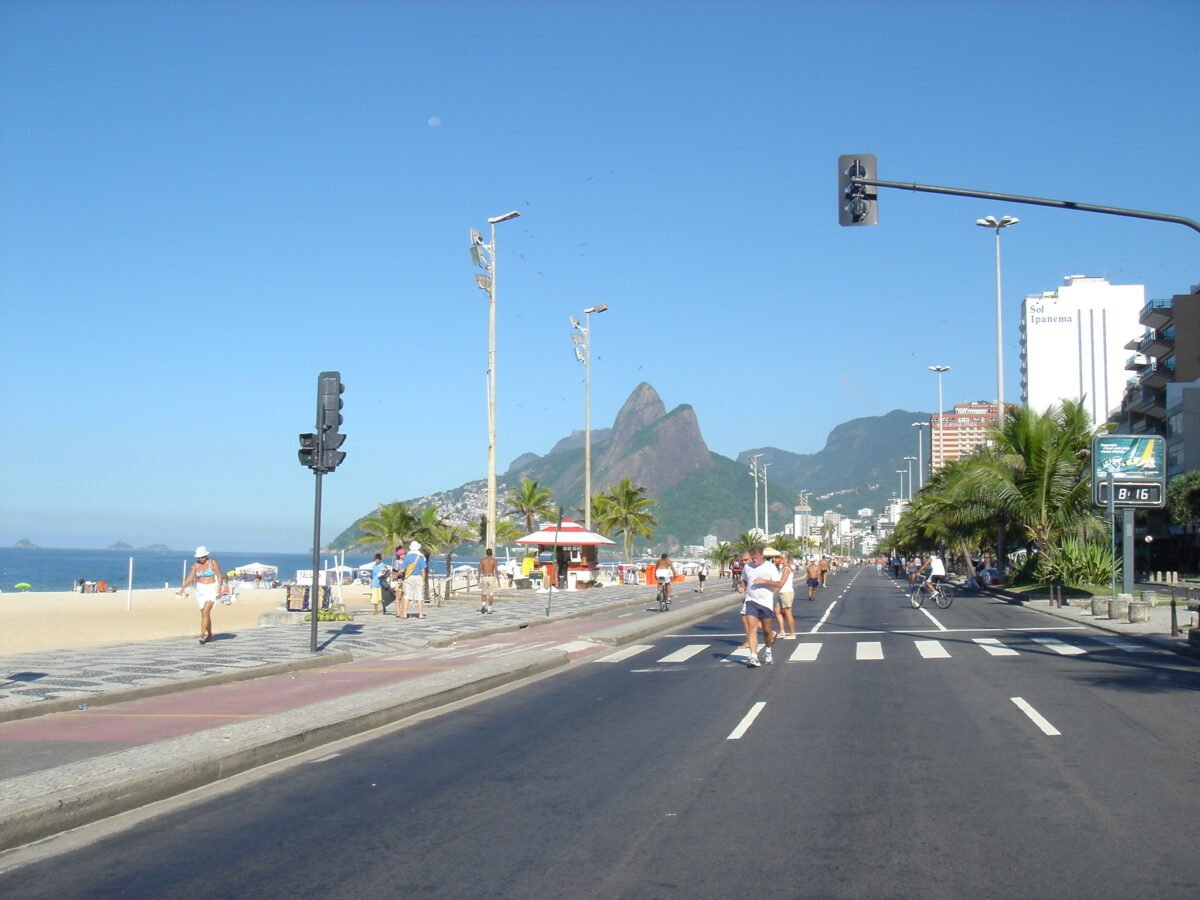
Açaí na Tigela: A Perfect Rio Beach Bum Breakfast
Ipanema Beach is a sight to behold at all times of the day. The high-rise 1970s tower blocks contrasted with the golden sands, blue sea, and emerald jungle backdrops combine to create a view unlike anywhere else in the world.
That all makes it one of the best places in Rio de Janeiro to start your visit.
Speaking of great starts, let’s get some food! For an authentic Brazilian breakfast seek out one of the many street vendors on the seafront. We suggest picking up a thick smoothie known as an Açaí na Tigela.
They’re made from native Acai Berries of South America, blended with oats or granola and other fruits. They’re cool and creamy and tarty and exactly what you need to give you bundles of healthy energy for the rest of the day.

Alternatively, you might be looking for something more substantial to sit down with. In that case, Talho Capixaba on Av. Ataulfo de Paiva in nearby Leblon might suit. They offer traditional Brazilian (aka meaty) breakfast sandwiches. For bonus local points, grab a thick black coffee with lots of sugar!
Rio’s Hidden Gem: Parque Lage
As lovely as Ipanema beach is, it can get quite busy. The same can be said for a lot of Rio De Janeiro’s best attractions. So, for our next stop, we suggest somewhere a little quieter but just as beautiful. Welcome to Parque Lage.
When visiting Parque Lage, you’ll find it’s one of Rio’s best parks. There are just under a square mile of lush forest paths to explore here, as well as a historic manor house. The house is located at the foot of the imposing Corcovado mountain, on top of which you can see the outstretched arms of the Christ the Redeemer statue.
The Parque Lage itself is actually the 19th century mansion, and the forested park was once its grounds. The manor house is gorgeous, but it also the busiest part of the park area. You may need to book in advance, if you want to visit it specifically.
The main park is about a 45 minute walk, or 10-minute drive, from Ipanema beachfront. Mostly through nice areas, although they can get quiet on the streets at night.

If you need lunch at this point, the café at the mansion itself comes highly rated.
On the other hand you might be looking for some free entertainment. In that case, the park’s trails are home to many a troupe of local Macaque monkeys, who live off fruit from the trees (as well as scraps from tourists). Just remember, you shouldn’t feed them!
Redemption on the Mountain: Hike Up to Cristo Redeemer
From Parque Lage, you can clearly see the head and arms of Rio de Janeiro’s most popular attraction – the Cristo Redeemer statue. It’s a steep but highly memorable and scenic 3-hour hike up from the mansion grounds.
So, if you’re feeling up for a challenge, it would be rude not to!
The beautiful winding path through this literal urban jungle is a real experience to savour and enjoy. Just wait for the waterfalls halfway up!
If you don’t feel like a tropical hike, no worries. You can take a tram up the Corcovado to the statue. Corcovado station is in the lovely Cosme Velho neighbourhood, which is about an hour walk or a 10-minute drive from the Parque Large mansion. A tram ticket costs about RS$ 75 or around $10.
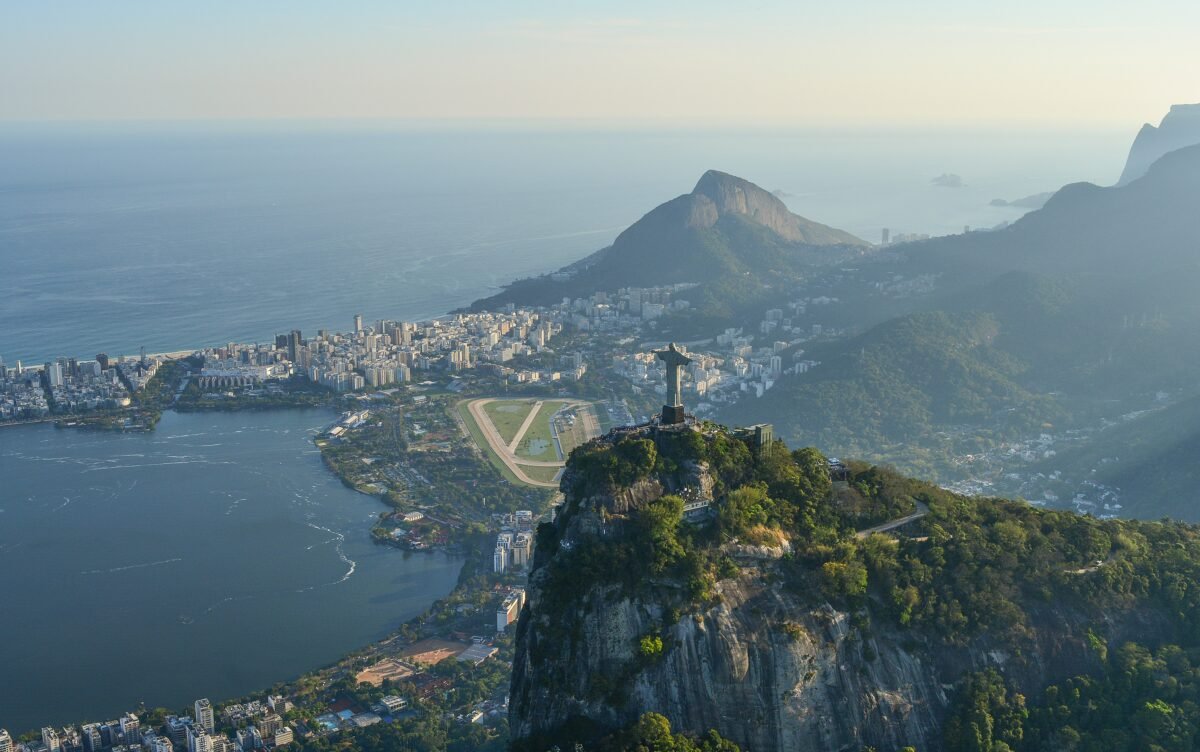
The statue viewpoint is open until 8pm most days, so make sure you don’t leave too late! We’d also recommend keeping an eye on the weather. If it gets misty or foggy, as it can occasionally do in Rio, the views might not be so worth it.
Day 2
Go out for brunch
After all that walking you might have done yesterday, a relaxing brunch might be just the ticket for your second day in Rio.
Try vegetarian-friendly restaurant Teva on Av. Henrique Dumont, for a healthier take on Brazilian and international food. It’s also just two streets away from the beachfront in Leblon.
Alternatively, if you’re feeling adventurous or just want something more traditional, you could head to the other side of Ipanema for Rancho Portugues Rio (R. Maria Quitéria, 136).
This Portuguese-inspired seafood restaurant uses fresh local catches for their authentic recipes. They can be a bit pricy, but as with most Brazilian eateries the portion sizes are more-than generous.

Stairway to Santa Teresa: Escadaria Selarón
Up next, it’s time for another one of the most aesthetic spots in Rio – the Escadaria Selarón! This is going to take us into the centre of the city, as it’s near the downtown area known as Centro.
The Escaderia Selarón, aka Selarón’s Stairs, is a several-hundred metre staircase covered in picture-perfect and highly colourful mosaic tiles. Artist Jorge Selarón lived in a house by the steps for many years, and in 1990 he began his mosaic project.
Today, they feature some 2000 tiles. Originally laughed at by locals, Selarón’s project gained international attention over the years and people began donating tiles from all over the world. Selarón died in 2013, but his legacy lives on in the thousands of people who visit his beautiful staircase every year. And you can be a part of that too!
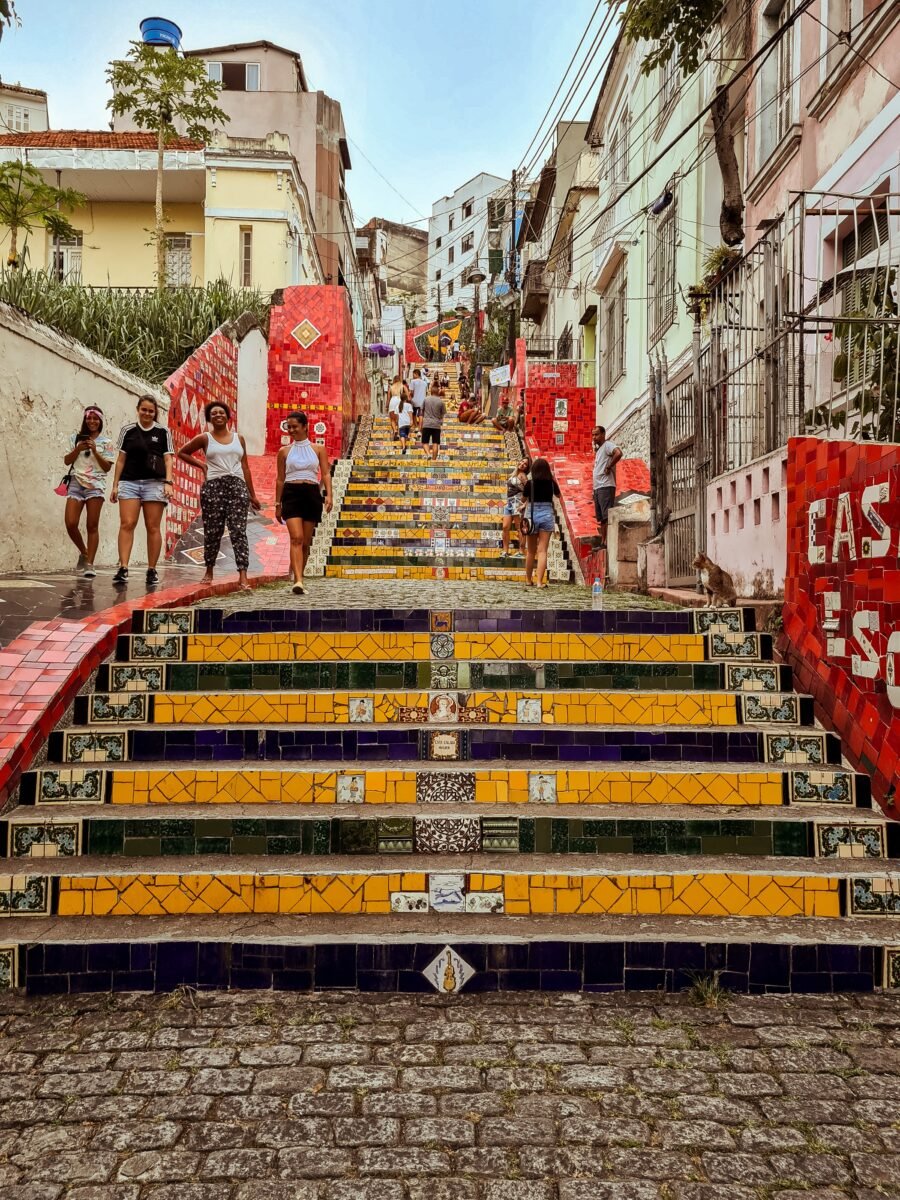
Visit two churches
Brazil is a country with a deep religious tradition. Christian influence goes back as far as the early colonial period in the 1500s and continues to be strongly felt to this day.
Therefore, if you want a real cultural experience in Rio, a quick stop off to see some of the city’s awe inspiring Catholic architecture is a must.
Basically that means one of the two fantastic cathedrals in the city’s downtown area. They are relatively close to each other though. So if you’re feeling the peaceful vibes you could do both in an afternoon.
Metropolitan Cathedral of Rio de Janeiro
The first church is the modern, functional one – and it’s absolutely jaw-dropping! Built-in 1979 it is similar to the brutalist modern architecture of Rio’s high-rise apartments, but also takes inspiration from South American culture. Specifically the pyramids of the Ancient Mayans.
The outside is certainly impressive, but the inside is a lot prettier. The four 600-metre floor-to-ceiling stained glass panels are a sight to behold.
Catedral de São Sebastião do Rio de Janeiro, to give it the full Portuguese name, is open from 7 am until 5 pm every day of the week. It is however an actual open church, so it might be best to visit outside of mass hours as they can get quite busy.

The Old Cathedral of Rio de Janeiro
If you’re feeling something more historical, but still visually amazing, the Old Cathedral is only a couple of blocks away from the modern one. Slap bang in the historical centre of the city, it looks out over Praça Quinze de Novembro Square.
The Old Cathedral’s full name is actually Igreja de Nossa Senhora do Monte do Carmo da antiga Sé. Or, Church of Our Lady of Mount Carmel of the Ancient See. Which is a bit of a mouthful, and you won’t hear any locals actually call it that!
This truly historic church was first built in 1761. Over the years it served as Brazil’s most important public cathedral, but also as a private chapel for the Portuguese royal family. Today Rio’s Old Cathedral is open from 7 am until 4 pm for public tours, and until 12 or 1 pm on weekends.

Rio Rhythms: The Best Nightlife in the City
After a long day of awe-inspiring religious architecture, there’s nothing like a little partying to remind you of the other side of life. A side that Rio knows all about too!
If you’re not feeling like a late one, there are loads of nice places to chill out with a nice cool drink back in the Copacabana area. You could try Bip Bip, on the Southern end of R. Alm. Gonçalves, for a start.
Just one road away from the beach, this legendary Bossa Nova and Samba bar invites local musicians to play out their Latin beats every day of the week. Don’t necessarily expect a seat – but this is Brazil, so jamming out on the pavement is totally acceptable!
If you’re up for a long night out, you’ll find a lot to like in the Downtown area. One of Rio’s top nightlife areas is the Lapa district, which is literally just to the south of the Metropolitan Cathedral. So, it won’t take you long to get down there and into the party.
And party you will, with dozens of bars, nightclubs, and even open-air street jams running all throughout the year. It’s a real vibe!

Day 3
Sugarloaf Morning: Rio’s Best Views
No visit to this city would be complete without a trip up Sugarloaf Mountain. The 1300-foot peak towers over everything else in the city, offering unparalleled views. Yes, it’s even higher than Cristo Redeemer on the Corcovado!
If you want to visit the top of Sugarloaf Mountain in Rio, there’s (literally) only one way to do it. Cable car! Well, unless you feel like rock climbing over 1000 feet of sheer cliff.
To get to the cable car station from Ipanema or Copacabana, you can hop on a 511 bus to Urca. This is hardly a dangerous journey, and in fact, the Urca area has a load of military barracks making it very safe. However, for a more convenient and secure alternative, the cable car stop is only a 10-minute taxi drive.
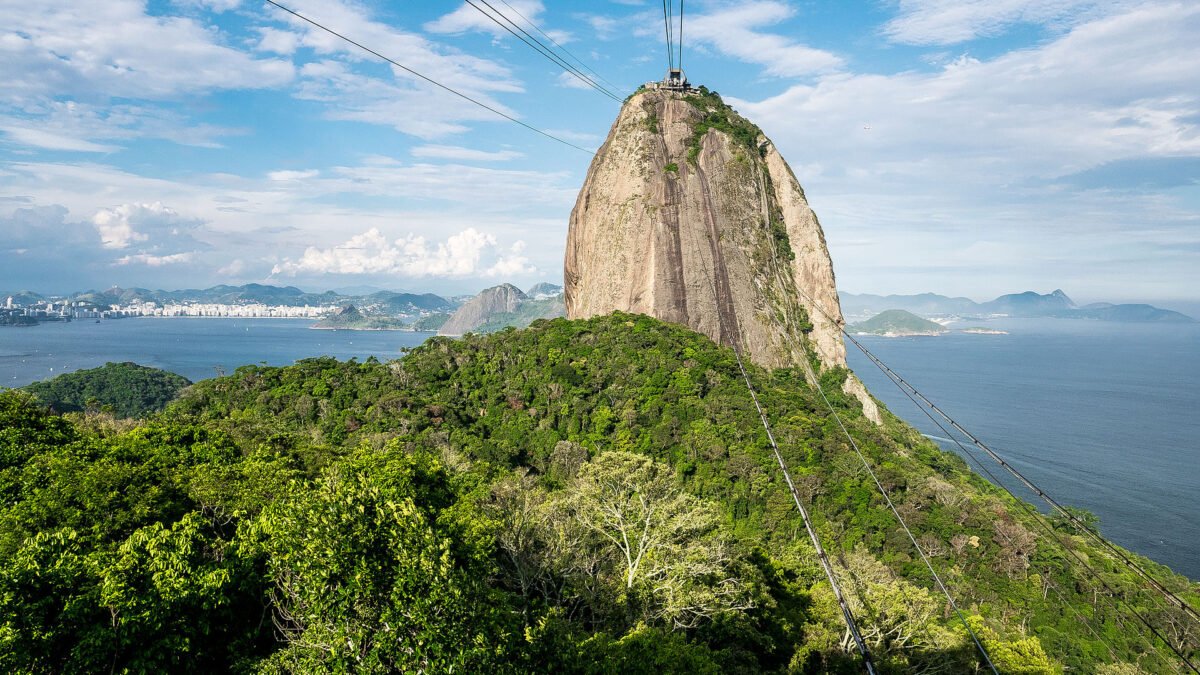
The views of Rio from the top of Sugarloaf, on a clear day, are more amazing than any hyperbole we could come up with here. You have to see it to believe it! The first cable car opens at 8 am and they run up back every 20 minutes until 9 pm. You’ll pay about $20 dollars for a return ticket, but you can stay up there as long as you want.
Try visiting at sunset, when it’s less busy, and enjoy a relaxing cocktail from the mountaintop bar. Why not try a Caipirinha, a sugar liquor and lime concoction, which is Brazil’s national drink.
Return to Ipanema
Once you’ve come back to down to Earth after those incredible views, you’ll probably need some food and a break to help you process it all. (You can eat at the top of Sugarloaf Mountain but it’s more of a café, and it’s expensive for what it is.)
So – for the last meal of your trip to Rio, we might as well go out with a bang. For that we’ve chosen two options in Ipanema, bringing us right back to where we started! Full circle.
The first spot is Churrasqueira Rio, on R. Vinicius de Morae, which is just a ten to fifteen minutes walk from the Ipanema beachfront. This is a real authentic Brazilian steakhouse restaurant, with masterfully grilled meat and fish as the star of the show. You might have to queue for a seat on weekends, but it’s so worth the wait!
Our second potential spot is the Marine Resto restaurant at the Fairmont Hotel. Situated right at the Southerly tip of Copacabana beach, where it meets Ipanema, Marine Resto has some of the best panoramic views of almost any restaurant in the city.
The food is not bad either, if quite expensive. They use fresh local seafood in a very plush modern space, with open grills so you can watch your meal cooking. A classy way to end to your three days in Rio de Janeiro for sure!
In Conclusion
So there we have it! A non-stop three-day itinerary of the best places to visit in Rio de Janeiro. Featuring jaw-dropping views, gorgeous local food, and beautiful Brazilian vibes throughout. Of course, this majestic city has a lot more to offer as well. It’s up to you to find out the rest!
For an alternative quick break, continue the Portuguese vibes with our 48 hours in Porto itinerary. Or, if you’d prefer something less cosmopolitan and far more relaxed try our guide to the hidden gems of the Azores Islands.






